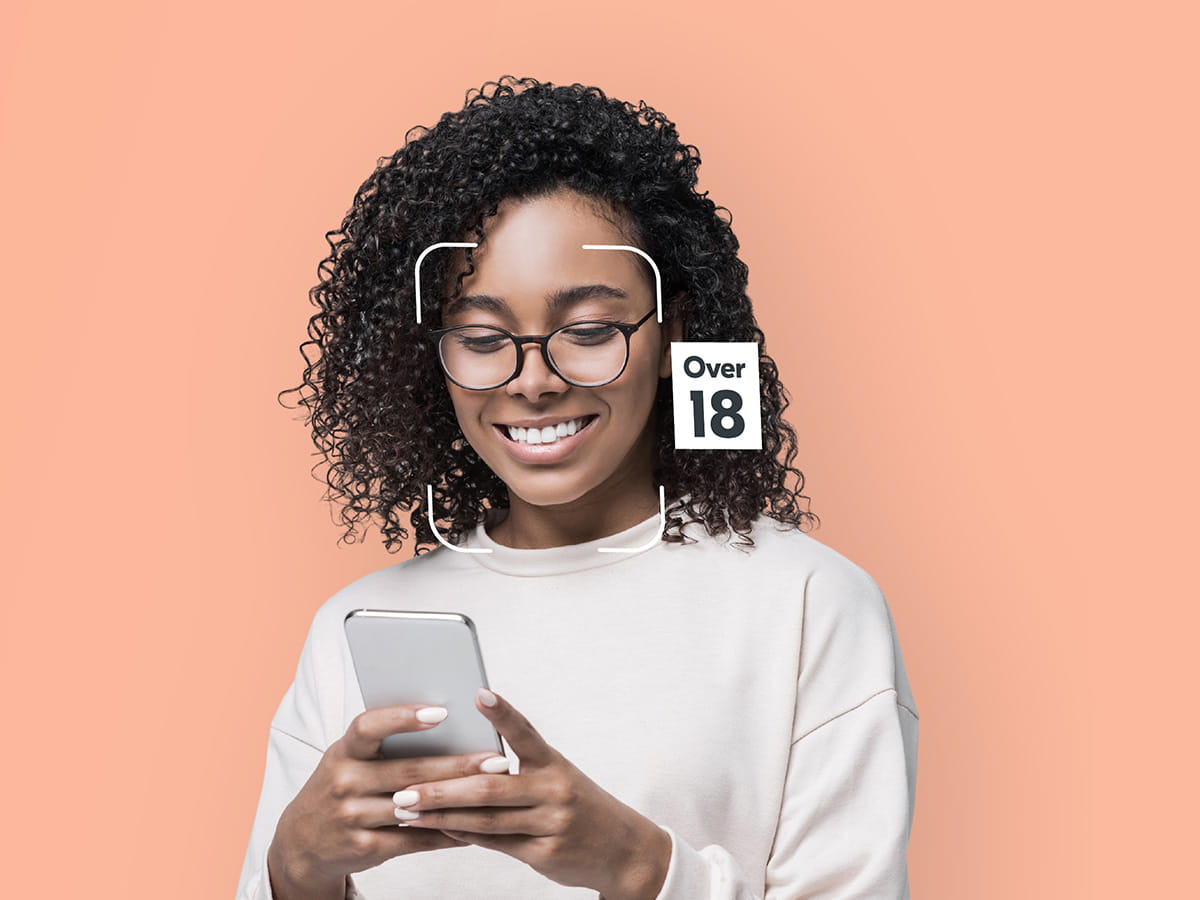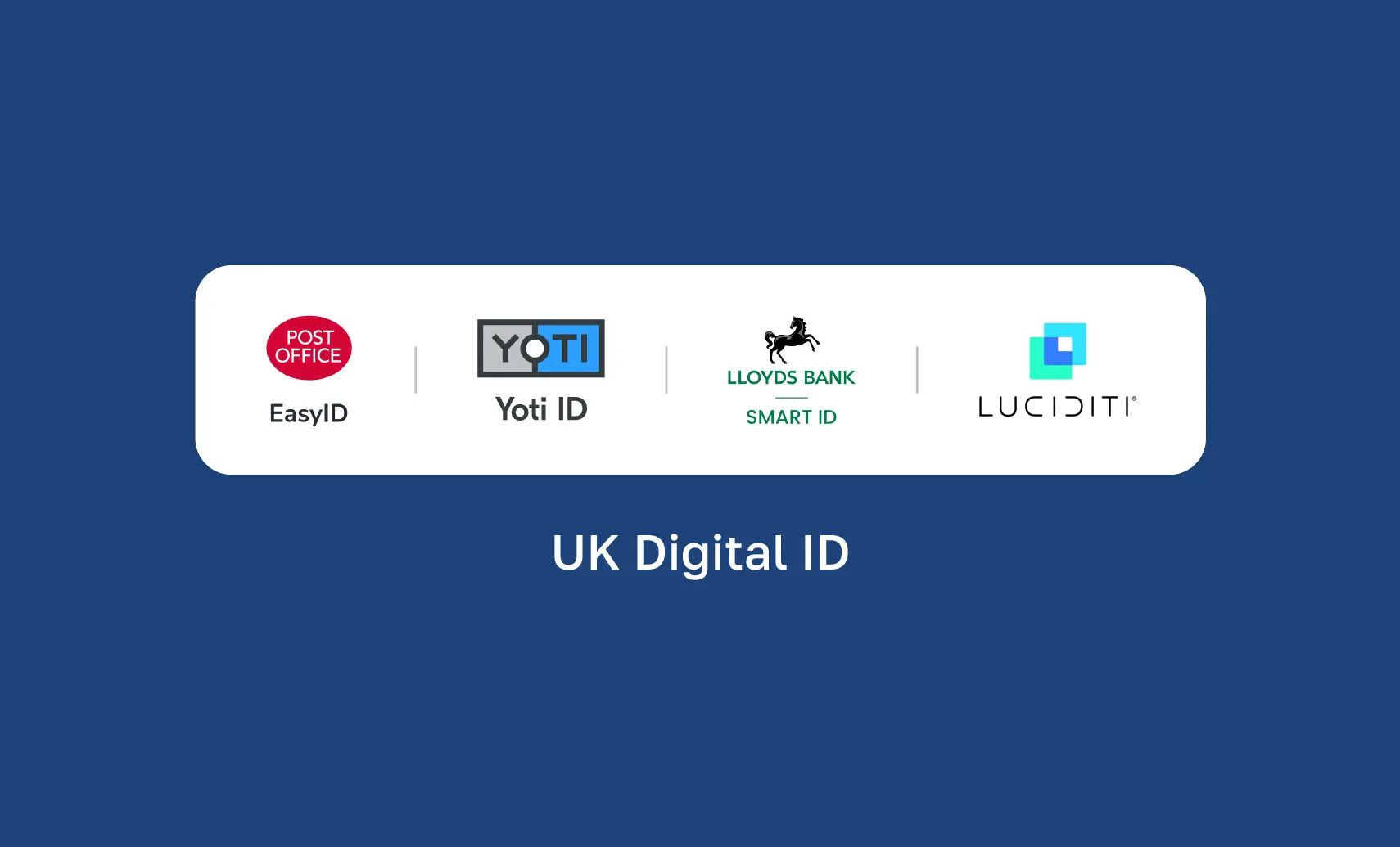Articles
Italy’s new age verification regulation for online platforms
In May 2025, AGCOM, Italy’s Communications authority, adopted Resolution No. 96/25/CONS, which formally approves the rules for online age verification of users accessing adult content. Similar to the UK’s OFCOM and France’s ARCOM regulators, AGCOM requires websites with pornographic content to implement robust age verification checks for users to ensure they are over 18. All three regulations are designed to protect minors from accessing age restricted content. Italy’s AGCOM has specified two important requirements: Checks must be double blind – that is, age verification providers cannot see what platform is submitting the check, and the platform cannot see any
Yoti’s latest MyFace model re-certified with a perfect score for NIST Level 1 and Level 2 liveness detection
We are delighted to announce the results of the most recent testing of our latest liveness technology, MyFace. Working with iBeta, a NIST certified testing lab, Yoti’s latest liveness detection model was tested to be compliant with ISO/IEC 30107-3 standards. For both NIST level 1 and level 2, Yoti MyFace achieved: 100% detection of attack (0% false positives) 100% approval for genuine presentations (0% false negatives) NIST provides a framework for testing performance levels of liveness detection. Yoti’s passive liveness technology does not require any action from the user and works from a single selfie. Users do not need
Thoughts from our CEO
In this blog series, our CEO Robin Tombs will be sharing his experience, whilst focusing on major themes, news and issues in the world of identity verification and age assurance. This month, Robin focuses on digital ID, talking about Yoti’s Digital ID downloads, digital ID for teenagers and the growing momentum for a private-sector digital ID network in the UK. Yoti reaches 20 million global downloads This month, the 20 millionth individual downloaded the Yoti Digital ID app. In the last six weeks alone, 1 million individuals have downloaded Yoti, of which 800,000 of them are from the
German regulator KJM cuts buffer for Yoti's Facial Age Estimation for 18+ content checks from 5 to 3 years
The German regulator, KJM, has reduced the buffer for Yoti’s Facial Age Estimation for the highest level of age assurance from 5 to 3 years. This means, instead of users needing to be estimated as over 23, users must now be estimated as over 21. Originally approved by KJM in November 2021 for 16+ (erotic) content, in May 2022 KJM approved the use for Yoti’s Facial Age Estimation for the highest level of assurance, covering 18+ adult content, with a buffer of 5 years. Now, KJM have reduced the buffer required by platforms from 5 to 3 years. This
Royal Voluntary Service partners with Yoti to verify volunteers and create trusted communities
The Royal Voluntary Service (RVS) has launched GoVo, a free-to-use digital volunteering platform, which aims to revolutionise the recruitment of volunteers to opportunities from UK charities by bringing volunteering opportunities from charities across the UK into one easy place. It is designed to make it easier than ever to get involved in volunteering and give back. We’ve partnered with RVS to help them create trusted communities within the GoVo platform. Many volunteering opportunities can involve working with the vulnerable, the young, the elderly, or otherwise in-need communities. A vital aspect of this is safeguarding both volunteers and those beneficiaries
Luciditi join Yoti, Post Office and Lloyds Bank to grow the UK’s network of interoperable digital ID wallets
British reusable digital identity providers, Yoti and Luciditi, today announce that they are working together to further grow the UK network of interoperable digital ID wallets available to businesses needing to verify customers’ ages, both online and in person. This 7 million strong UK network now includes Yoti, Post Office EasyID, Lloyds Bank Smart ID, and Luciditi meeting the demand for secure, efficient and trusted digital ID wallets for the UK market. All four Digital ID wallets are certified to the UK Government’s Digital Identity and Attributes Trust Framework. Individuals create and manage their reusable Digital ID on their






